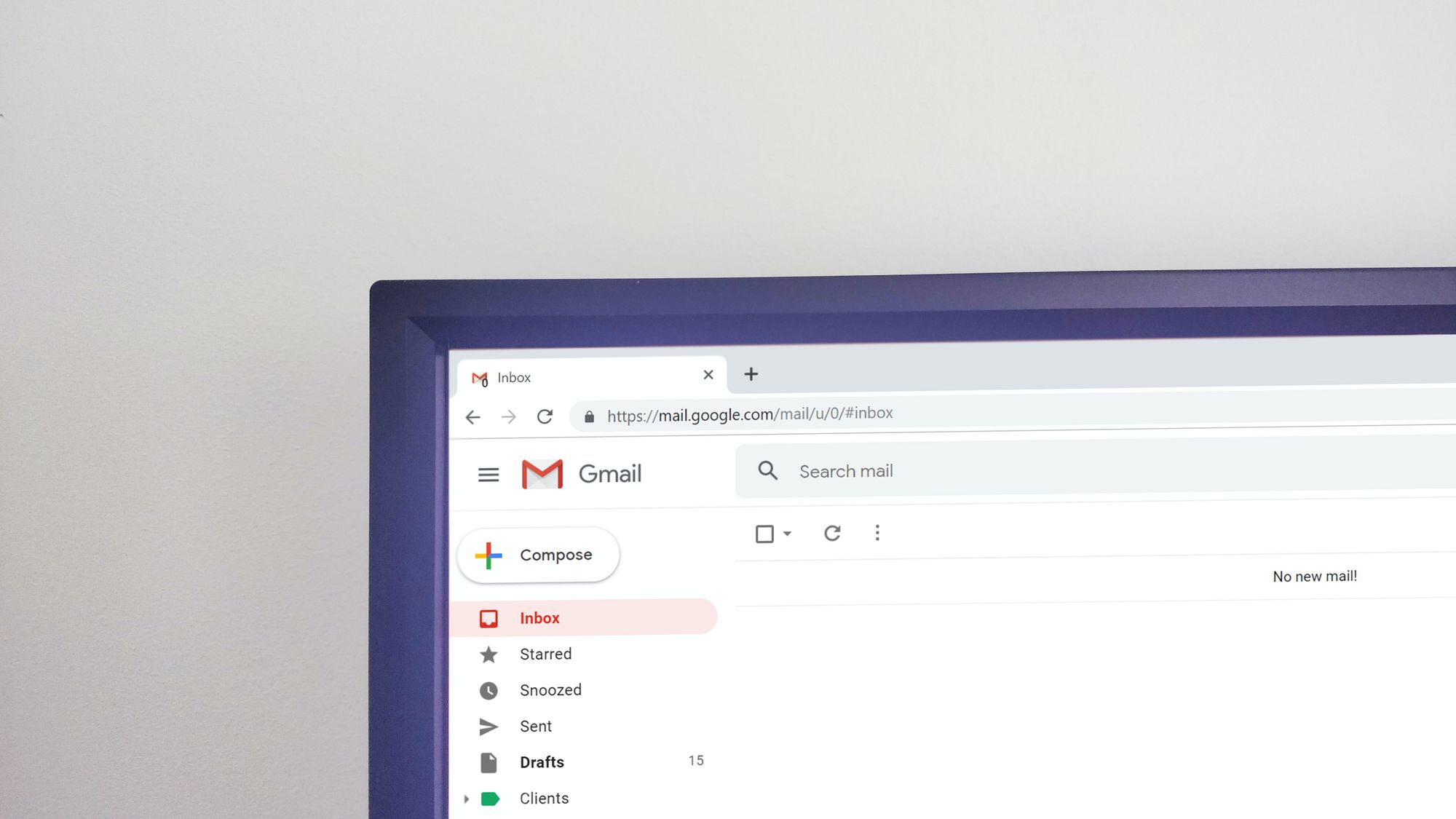Are your email campaigns not reaching their intended recipients? Do you struggle with high bounce rates? Understanding email deliverability bounce rates is crucial for optimizing the success of your email marketing efforts. In this comprehensive guide, we will delve into the world of bounce rates, exploring their impact on email deliverability and providing expert insights and practical strategies to reduce bounces and improve campaign performance.
Understanding Email Deliverability Bounce Rates

Email deliverability bounce rates refer to the percentage of emails that fail to reach the recipients' inboxes. Bounces can occur for various reasons, such as invalid email addresses, non-existent domains, or technical issues. Bounce rates provide valuable insights into the health of your email list and the effectiveness of your email campaigns.
There are two types of email bounces:
- Hard Bounces: These occur when an email is permanently rejected due to an invalid or non-existent email address or domain. Hard bounces typically indicate a permanent delivery failure.
- Soft Bounces: Soft bounces are temporary delivery failures that occur due to issues such as a full inbox, server downtime, or message size exceeding limits. Soft bounces may resolve themselves and result in successful delivery upon subsequent attempts.
Monitoring and analyzing bounce rates is crucial for maintaining a healthy email list and optimizing deliverability. High bounce rates can negatively impact your sender reputation, leading to lower email deliverability and engagement rates.

The Impact of Bounce Rates on Email Deliverability
Bounce rates directly affect your email deliverability and sender reputation. ISPs and email service providers closely monitor bounce rates to evaluate the quality of your email list and the legitimacy of your sending practices.
High bounce rates can have several consequences:
- Sender Reputation: Excessive bounces can damage your sender reputation, as they indicate poor list hygiene and potentially unsolicited sending practices. A poor reputation may lead to your emails being flagged as spam or blocked altogether.
- Email Deliverability: ISPs are more likely to filter emails with high bounce rates, diverting them to the spam folder or blocking them completely. This reduces the chances of your emails reaching the recipients' inboxes, impacting your campaign's effectiveness.
- Engagement and Conversion Rates: Bounces prevent your emails from reaching the intended recipients, resulting in lower open rates, click-through rates, and conversions. By reducing bounces, you increase the likelihood of engaging your audience and achieving your campaign goals.
Strategies to Reduce Email Deliverability Bounce Rates
Reducing bounce rates requires a proactive approach to list management, email authentication, and monitoring. Implement the following strategies to optimize email deliverability and improve campaign performance:
Maintain a Clean Email List
A clean and engaged email list is crucial for reducing bounces. Follow these practices to ensure list hygiene:
- Regularly Clean Your List: Remove invalid, inactive, and unsubscribed email addresses from your list to maintain its quality.
- Use Double Opt-In: Implement a double opt-in process to confirm subscribers' intent and prevent fake or mistyped email addresses from entering your list.
- Segment Your List: Segment your list based on demographics, preferences, or engagement levels to deliver targeted and relevant content, reducing the risk of bounces.
Implement Email Authentication Protocols

Email authentication protocols verify your email's authenticity and protect against spoofing and phishing attacks. Implement the following protocols to enhance deliverability:
- Sender Policy Framework (SPF): SPF allows you to specify authorized senders for your domain, reducing the likelihood of your emails being marked as spam.
- DomainKeys Identified Mail (DKIM): DKIM adds a digital signature to your emails, verifying their integrity and authenticity.
- Domain-based Message Authentication, Reporting, and Conformance (DMARC): DMARC provides guidelines for how ISPs should handle emails from your domain, reducing the risk of unauthorized use.
Monitor and Analyze Bounce Rates
Regularly monitor and analyze your bounce rates to identify trends and take necessary actions. Leverage the following strategies:
- Monitor Bounce Rate Trends: Track your bounce rates over time to identify any sudden increases or recurring issues.
- Analyze Bounce Types: Differentiate between hard and soft bounces to understand the root causes and take appropriate actions.
- Investigate Bounce Reasons: Review bounce codes and messages provided by ISPs to identify specific issues and rectify them.
- Take Corrective Actions: Remove invalid email addresses, address technical issues, and resolve any underlying problems contributing to high bounce rates.
Implement List Verification and Validation
List verification and validation tools can help identify invalid or risky email addresses before sending your campaigns. These tools check email addresses for accuracy, existence, and deliverability, reducing the chances of bounces.
Regularly Review and Update Email Content
Poorly crafted email content can lead to high bounce rates. Follow these best practices to optimize your email content:
- Avoid Spam Trigger Words: Remove or limit the use of words or phrases that may trigger spam filters and increase the likelihood of bounces.
- Personalize and Segment: Deliver relevant and personalized content to your subscribers based on their preferences, increasing engagement and reducing bounces.
- Optimize for Mobile Devices: Ensure your emails are responsive and visually appealing on different devices, reducing the chances of bounces due to display issues.
Maintain a Positive Sender Reputation
Your sender reputation directly impacts email deliverability and bounce rates. Focus on the following practices to maintain a positive reputation:
- Monitor Sender Score: Regularly monitor your sender score and address any issues or sudden drops promptly.
- Follow Email Marketing Best Practices: Adhere to industry best practices, such as obtaining permission before sending emails and promptly honoring unsubscribe requests.
- Collaborate with Reputable Email Service Providers: Partner with reliable email service providers who have established relationships with ISPs, ensuring better deliverability and reduced bounce rates.
By implementing these strategies, you can reduce bounce rates and improve the deliverability and effectiveness of your email campaigns.
Frequently Asked Questions (FAQs)
Q1: What is an email bounce?
A1: An email bounce occurs when an email fails to reach the intended recipient's inbox. Bounces can be categorized as hard bounces (permanent delivery failures) or soft bounces (temporary delivery failures).
Q2: Why is reducing bounce rates important?
A2: Reducing bounce rates is crucial for maintaining a positive sender reputation, improving email deliverability, and increasing engagement and conversion rates.
Q3: How can I monitor bounce rates?
A3: Monitor bounce rates by analyzing email campaign reports and utilizing email analytics tools provided by email service providers. Look for trends, patterns, and specific bounce reasons to identify areas for improvement.
Q4: How can I improve my email deliverability?
A4: To improve email deliverability, focus on maintaining a clean email list, implementing authentication protocols, monitoring bounce rates, optimizing email content, and maintaining a positive sender reputation.
Q5: Are there any tools available to validate email addresses?
A5: Yes, there are several email verification and validation tools available that can help identify and remove invalid or risky email addresses from your list, reducing bounce rates and improving deliverability.
By following these best practices and strategies, you can significantly reduce email deliverability bounce rates and increase the effectiveness of your email marketing campaigns. Stay proactive, continuously monitor your bounce rates, and make data-driven decisions to optimize your email campaigns for maximum engagement and success.

